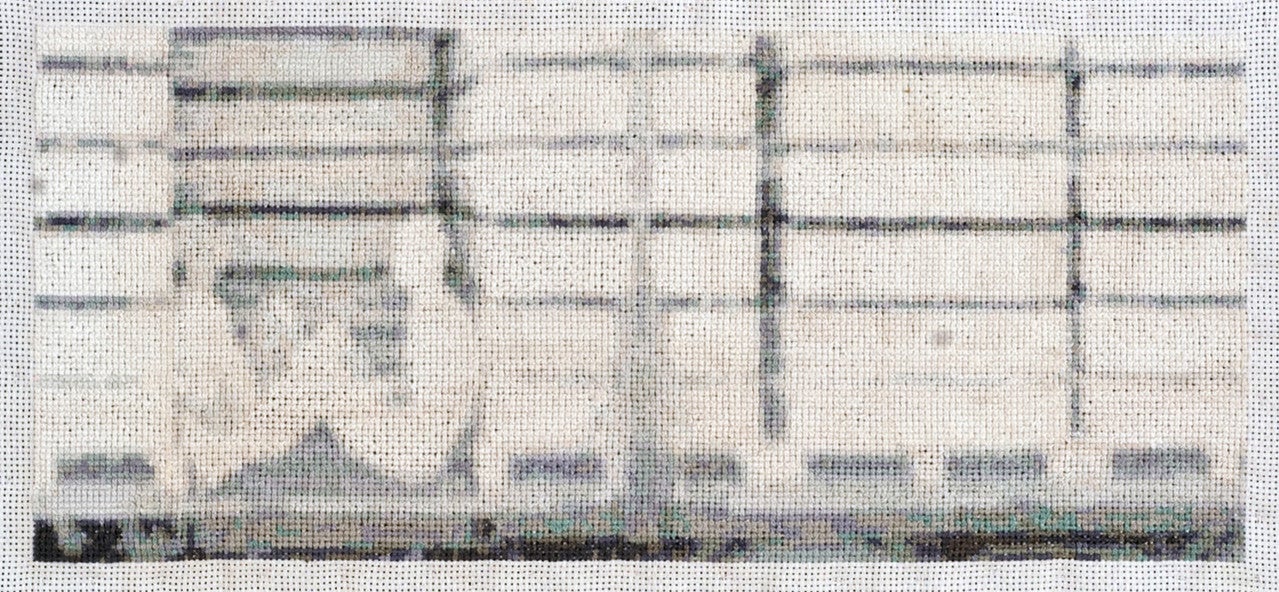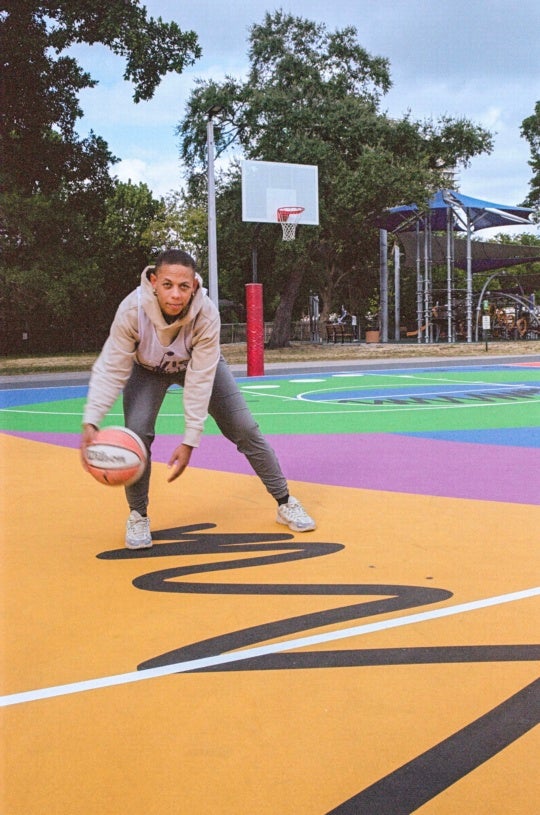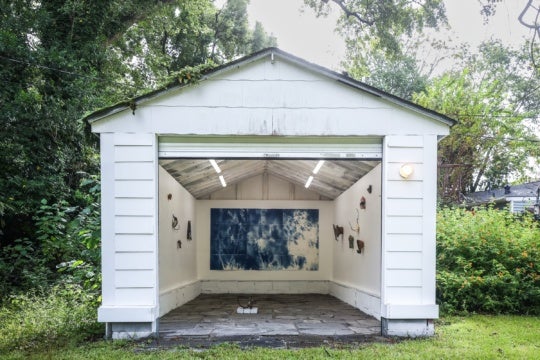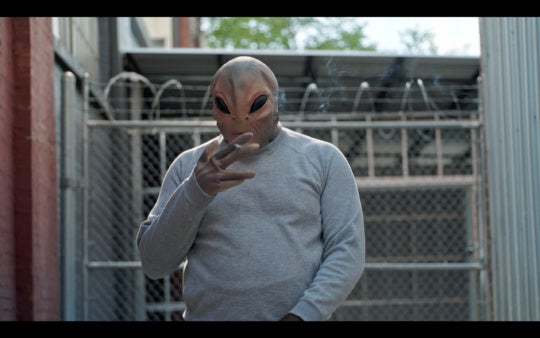
The Atlanta-based organization South Arts held a ceremony on Monday, April 24, to present the finalists and winners of its inaugural Southern Prize. A total of $80,000 was given to nine visual artists from nine states, including $5,000 that each artist had already received as the prize finalist from their state.
Noelle Mason of Tampa, Florida, was the winner. She took home a check for $25,000 and will get to spend a two-week residency at the Hambidge Center for the Creative Arts and Sciences.
Coulter Fussell of Water Valley, Mississippi, won the $10,000 second-place award. The other finalists were Pete Schulte of Alabama, Masud Olufani of Georgia, Becky Alley of Kentucky, Joey Slaughter of Louisiana, Stephanie J. Woods of North Carolina, Herb Parker of South Carolina, and Georgann DeMille of Tennessee.
Over 850 submission to the South Arts Southern Prize and State Fellowships were received between January and March. The Southern Prize panel of jurors included Miranda Lash, curator of contemporary art at the Speed Art Museum in Louisville; Dominique Nahas, independent curator and critic in Brooklyn; and Monica Moses, editor of American Craft in Minneapolis.
A different panel slogged through all the entries to select the nine finalists: Erin Gilbert, independent curator from Chicago; Mark Scala, curator at the Frist Center for the Visual Arts in Nashville; Lauren Haynes, curator of contemporary art at Crystal Bridges Museum of American Art in Bentonville, AR; Jan Davidson, retired director of the John C. Campbell School of Folk Arts in Brasstown, NC; and Gia Hamilton, director of the Joan Mitchell Center in New Orleans.
Susie Surkamer, executive director of South Arts, said in a press statement: “From the traditions of quilt-making to astonishing contemporary installations, our Southern Prize and State Fellowship winners represent a diverse roster of talent, background, and style.”
Over the coming days, BURNAWAY will present each artist and a portfolio of their work, beginning today with the Southern Prize winner Noelle Mason.

Text by the artist:
X-Ray Vision vs. Invisibility is a body of work that investigates the phenomenological effects of vision technologies on the perception of undocumented immigrants. This project unfolds two dimensional images into three dimensional structures to expose how new vision technologies (backscatter, x-ray, sonic, thermal and digital imaging) recycle Cartesian modes of rationalization of geography and the body and in so doing reinforces a neo-colonial social and political relationship with Mexico.
X-Ray Vision vs. Invisibility is a two-part project that utilizes two distinct production methods, a series of three woven Gobelin rugs depicting satellite images of the US/Mexico border and 10 hand embroidered tapestries of infrared images of undocumented immigrants crossing the US/Mexico border.


The second series in this body of work are twelve cotton stitcheries of human trafficking hand embroidered by Bilú Alcântara and myself in exchange for the amount it would cost her to illegally immigrate to the United States. All materials were made and purchased in the United States, then one half were sent with instructions to be produced by Bilú, while the other half remained in the United States and were embroidered by myself. This production method is intended to explicitly interrogate the exportation of manual labor across borderlines while the remediation of infrared and backscatter surveillance seductively aestheticizes the business of border crossing.
Ground Control is a series of three handwoven wool Gobelin tapestry-rugs that reproduce images of the US/Mexico border at places of conflict taken by the Terra satellite’s Advanced Spaceborne Thermal Emission and Reflection Radiometer (ASTER.)


I am interested in how the cross stitch relates to domesticity as well as being an analog version of pixelization. There is also an exploration of time in the work. The iconic image represents 1/30 of a second of the event at Columbine. This 1/30 of a second became something much larger and memorable—a kind of evidence. The process of cross-stitch is slow/calculated/conservative in contradistinction to the liberal/messy/disposable character of surveillance video.







